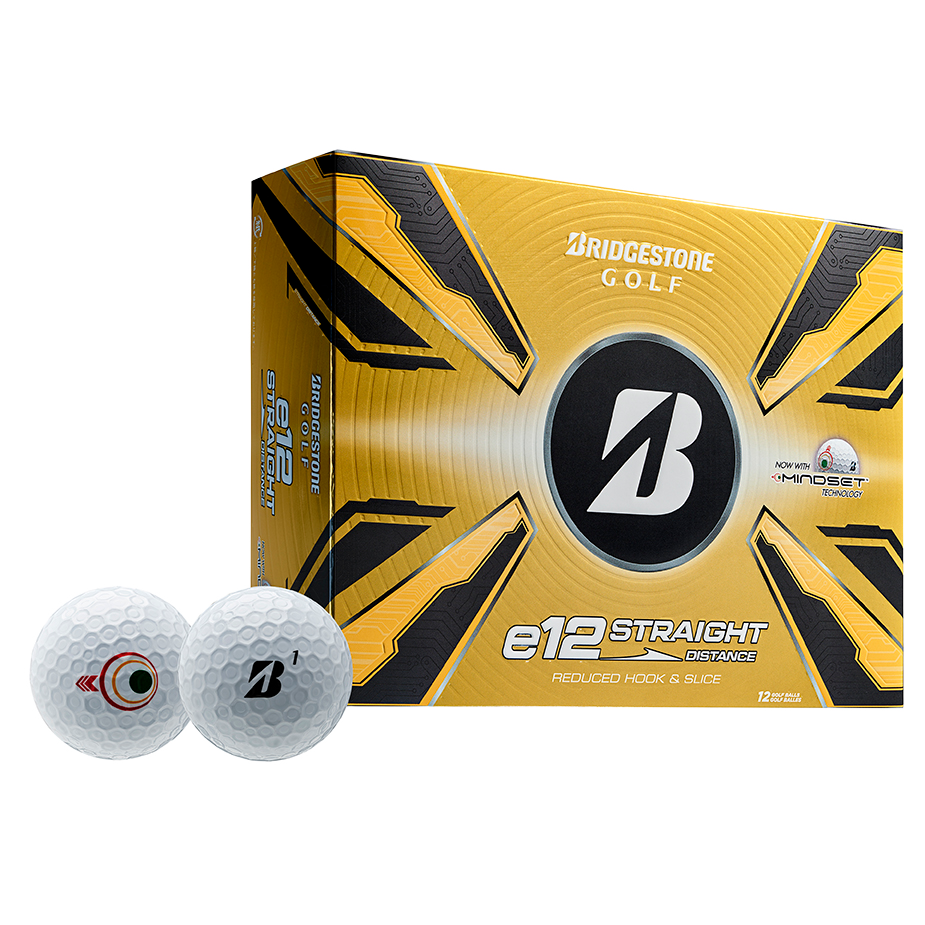
Choosing the right golf ball is akin to selecting a brush for a painter; the quality and type can profoundly influence the masterpiece created on the canvas of the golf course. Bridgestone Golf offers an array of golf balls designed to cater to various playing styles, skill levels, and environmental conditions. To navigate the sea of options efficiently, one must delve into a structured guide to find the perfect Bridgestone ball that harmonizes with their unique golfing disposition.
As with any journey, understanding the destination is paramount. In the realm of golf balls, one must first consider the foundational elements: construction, compression, spin, and feel. Each element plays a crucial role in the performance of a golf ball and should align with the golfer’s personal preferences and swing characteristics.
1. Construction Types
The construction of a golf ball significantly impacts its performance. Bridgestone offers two primary types of constructions: two-piece and multi-layered balls.
- Two-Piece Balls: These balls feature a solid rubber core surrounded by a durable outer cover. They are typically designed for distance and durability, catering to beginners or high-handicap players who prioritize longer drives and reduced spin for straighter shots.
- Multi-Layered Balls: These balls consist of multiple layers, including a core, mantle, and cover. They are engineered for enhanced control, spin, and feel, appealing to more experienced golfers who are adept at manipulating their shots around the green.
Selecting between these constructions will influence not only your distance but also how much spin you can impart on the ball around the greens. Understanding your playing style is essential to making the right choice.
2. Compression Ratings
Compression refers to the softness or hardness of a golf ball, impacting how it interacts with the clubface during impact. Bridgestone categorizes its golf balls with different compression ratings:
- Low Compression (40-70): Ideal for players with slower swing speeds, these balls maximize distance while providing an exceptional feel. They are especially suited for beginners or golfers whose primary objective is to gain distance.
- Medium Compression (70-90): These offer a balance between distance and feel, catering to a broad spectrum of golfers with moderate swing speeds.
- High Compression (90+): Designed for players with faster swing speeds, these balls provide more control and spin, making them perfect for those who can generate higher velocities.
Choosing the appropriate compression rating ensures optimal performance and contributes to achieving your desired ball flight and overall experience on the course.
3. Spin and Control
Spin control is crucial for seasoned players, whereas beginners may prioritize distance over spin. Bridgestone’s golf balls are engineered to accommodate varying degrees of spin:
- Low Spin Balls: Best for those who struggle with slicing or hooking. These balls reduce unwanted lateral spin, helping achieve straighter shots.
- Moderate Spin Balls: These provide a balance between distance and spin, allowing golfers to attain good control while still maximizing distance.
- High Spin Balls: Tailored for those seeking enhanced control around the greens. High-level players will appreciate the ability to create elevated trajectories and complex shot shapes.
To exacerbate your short game efficacy, selecting a ball with the right spin characteristics will help elevate your performance on the putting green.
4. Feel: The Intangible Quality
Feel is often subjective, yet it’s an essential aspect of golf ball selection. It encompasses the sensation a golfer experiences when striking the ball with the club. Bridgestone offers a range of balls to cater to the unique tactile preferences of golfers:
- Softer Feel: Typically found in lower compression balls, these provide a plush sensation at impact, appealing to those who relish feedback and touch.
- Firm Feel: Associated with higher compression balls, these provide a more robust response, which can enhance control and distance for advanced players.
Investing time in understanding your preferred feel can augment your overall confidence and consistency on the course. Feel complements technique, creating a dynamic equilibrium that can improve performance.
5. Course Conditions and Preferences
The golf ball you choose may also depend upon the conditions of the course you frequently play. Factors such as weather, turf conditions, and personal style can influence your decision:
- Firm Conditions: On harder, well-groomed fairways, a low spin ball can generate reliable distance and control.
- Wet or Soft Conditions: Opt for a softer ball that can conform to the turf, providing better grip and spin.
Awareness of course conditions allows a golfer to make strategic adjustments in their equipment, ultimately enhancing performance.
6. Personal Preference: The Final Ingredient
Finally, personal preference cannot be understated. Golfing is an intimate sport, and comfort with your ball contributes significantly to confidence on the course. Consequently, experimenting with various Bridgestone options, analyzing performance, and gauging personal enjoyment is vital to curating a selection that resonates with your playing style.
Navigating the lush terrain of golf ball selection can feel overwhelming; however, a structured approach leads to enlightenment. Bridgestone Golf balls cater to an expansive spectrum of players, each constructed to inspire a distinctive golfing experience. As with a well-executed swing, the alignment of ball type, compression, spin, and personal connection will elevate your game, leading to a profound appreciation for the sport. Take the time to explore, experiment, and ultimately discover the Bridgestone ball that transforms your golfing journey into a vibrant masterpiece.
